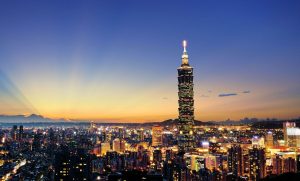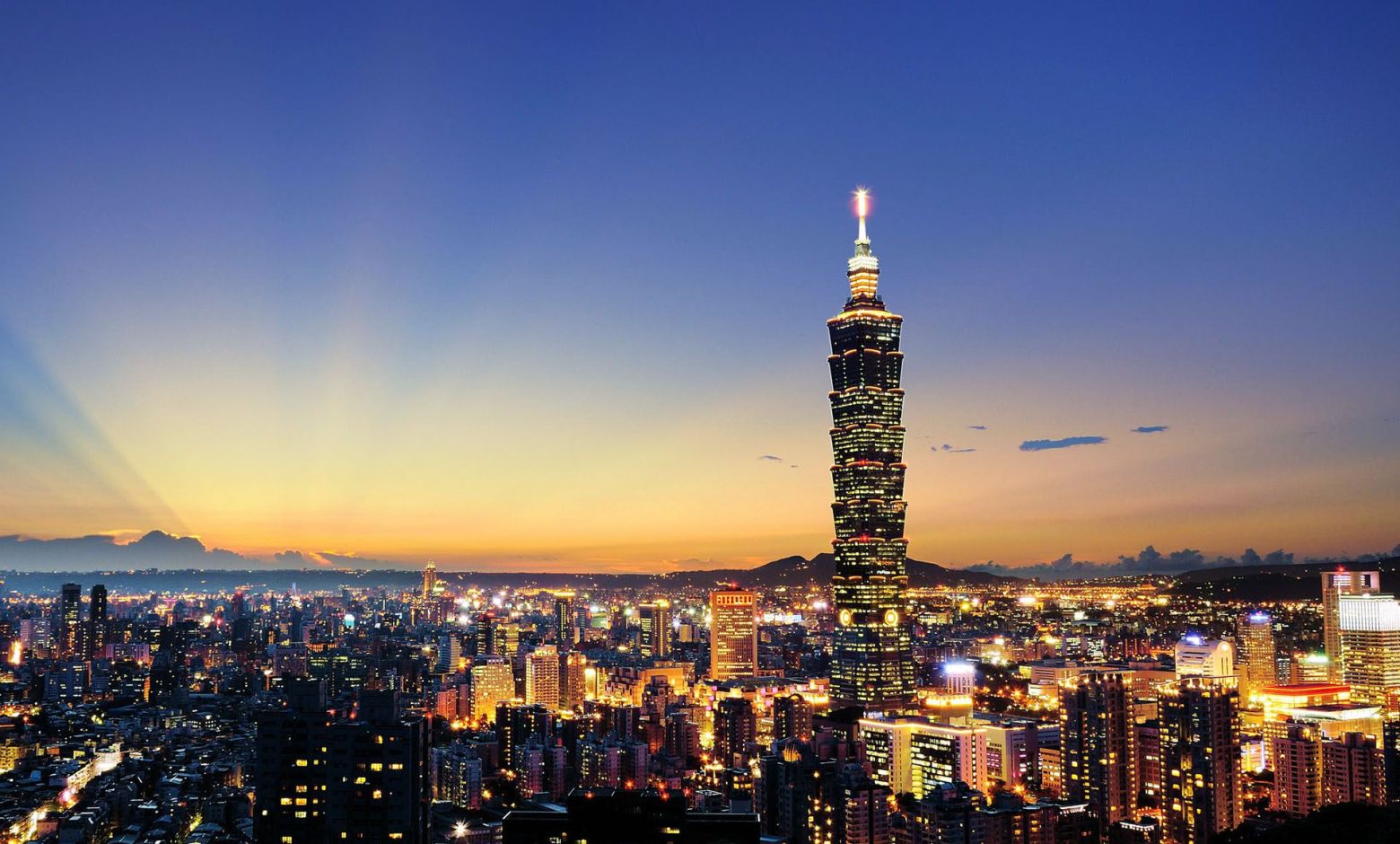Tourism in Taiwan
Tourism in Taiwan
Tourist places in Taiwan

General information about Taiwan
Taiwan is an island located in Southeast Asia, in the Pacific Ocean, separated from China by the Formosa Strait, and the distance between it and China does not exceed 140 km.
Taiwan consists of the island of Formosa and a number of other small islands, most notably: Pescadores, Kimoy, Mansua, Pzanas. The area of Taiwan is 36,962 km.
The central mountain cluster Shang Yang-Shanmu, occupies about half of the area of the region, and includes four high mountain ranges extending from north to south, and most of these mountains are more than 3,500 meters high, and Mount Yushan (Morrison) rises to 3997 meters.
There are other mountain ranges, including the chain running along the eastern coast between the cities of Sowao and Hualien, which is the source of most of the large rivers on the island, the Taitung mountain range on the west coast, and the volcanic Tatun Mountains in the north. The feet of the mountains form a narrow range, rising from 100 to 500 meters, that gradually turns into lowlands surrounding most of the main mountain ranges. The coastal plain and river basins form flat lands.
Culture and history
Taiwan is dominated by a tropical monsoon climate in the south and subtropical in the north, and its rains fall in summer and winter, and it is generally abundant, and typhoons blow on it, and forests cover half of its area.
The temperature ranges in January between 15 and 20 degrees Celsius, and in July between 25 and 30 degrees Celsius. The rate of precipitation on the plateaus ranges between 1500 and 2500 mm per year, while the weather is relatively dry in some areas of the north, and the percentage of rainfalls reaches about 500 mm per year on the western coast, and in some mountainous areas, where the rains fall abundantly in summer, more than 5,000 millimeters per year.
Tourist places in Taiwan
Taiwan National Park “Taroko Park”
Its name is derived from the name of the Taroko Strait, and it is characterized by beautiful waterfalls, green valleys and soaring peaks, and it is a wonderful place for a charming tour in the midst of nature. It is also intended by many tourists for the purpose of walking, taking a stroll, or climbing rocks and mountains.
The Great Palace Museum:
It is considered a great store for the largest and finest collection of Chinese art in the world, as it contains a wide range of Chinese treasures related to painting, calligraphy, bronze statues, and ceramics and religious belongings. Some of the more popular items, such as the famous Jade Scrolls.
Penghu Group of Islands:
It is one of the most important tourist attractions in Taiwan, China, and it consists of a group of coastal islands on the Taiwan Strait, and there, especially in the spring and summer, you find festivals and parties, which are held on the beautiful sandy beaches of the islands with wonderful white sand.
Peaks of Yangming Mountain:
The most important tourist destination for Taipei goers, as it is characterized by beautiful landscapes, rare flowers, stones and volcanic deposits formed there from the volcanic mountain, and the mountain garden there is teeming with hot springs.
Chiffon village
It is one of the places that still retains many things from the Taiwanese culture, as the area is attractive to tourists who want to know the secrets of Taiwanese culture, as the houses of these companions are built in the old traditional style and there are many stalls selling various popular foods and street foods and next to them some Shops selling beautiful souvenirs.
Yohliu Geopark
Located on the northern coast of Taiwan near the city of Keelung, it has long been one of the most important tourist attractions on this island. It receives up to three million visitors annually, making the unique rock formations and fossils drawn on rocks a place worth visiting especially for lovers of geology and biology. It also contains a marine ocean containing many types of fish and marine organisms.
Longshan Temple
Founded in 1738 by Han immigrants from Fujian, this temple has served as a center of worship and self-defense, as well as a congregation center. It is a major site to explore both Taiwan’s vibrant folk faith and its art found in every corner of the unique temple and architecture. Picturesque architecture.
